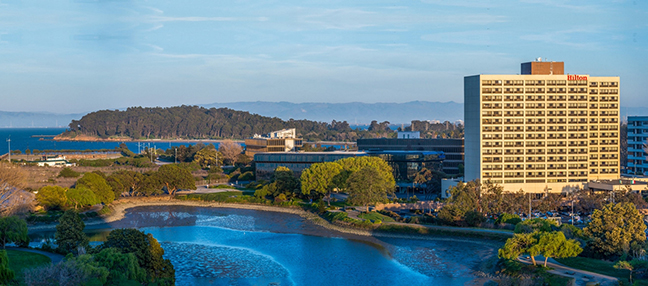Study Areas
Areas of Stability and Change
One of the first community engagement activities conducted for Envision Burlingame was to identify “areas of stability” and “areas of change.” Areas of stability were defined as neighborhoods or districts in which the community would anticipate little change over the next 10 to 20 years, while areas of change were places where the community desires new uses or redevelopment of existing uses to occur. During this exploratory phase, community members expressed a strong desire to preserve Burlingame’s residential neighborhoods and public parks. The Bayfront, Rollins Road, North Burlingame, Downtown, and Broadway commercial district were all identified as areas of potential change, and El Camino Real was viewed as having potential for some change and some stability. Based on this feedback, the project team identified seven key study areas around which to structure the General Plan:
- Bayfront
- Rollins Road
- North Burlingame
- Downtown
- California Drive
- El Camino Real
- Residential Neighborhoods (area of stability)

Study Area Refinement and Direction
The seven study areas were used to generate ideas about Burlingame’s assets, issues, and opportunities at Community Workshop #1, which included a visioning station for each study area and a large interactive map. The input from the first workshop helped the City and the CAC identify ways to capitalize on each study area’s assets and opportunities, and address or improve each area’s issues.
During spring 2016, CAC members participated in walking tours of the seven study areas, and discussed land use and development ideas for each area. This extensive iterative process was used to generate land use alternatives for each area, which were presented at Community Workshop #2 and in the online survey. Feedback gathered through these forums was then presented to the Planning Commission and City Council for further refinement, eventually leading to the preferred land use alternative illustrated in Chapter 4: Community Character and refined through the public hearing process. The Community Character chapter not only discusses the land use goals and policies for each study area, it also describes the vision for each area.